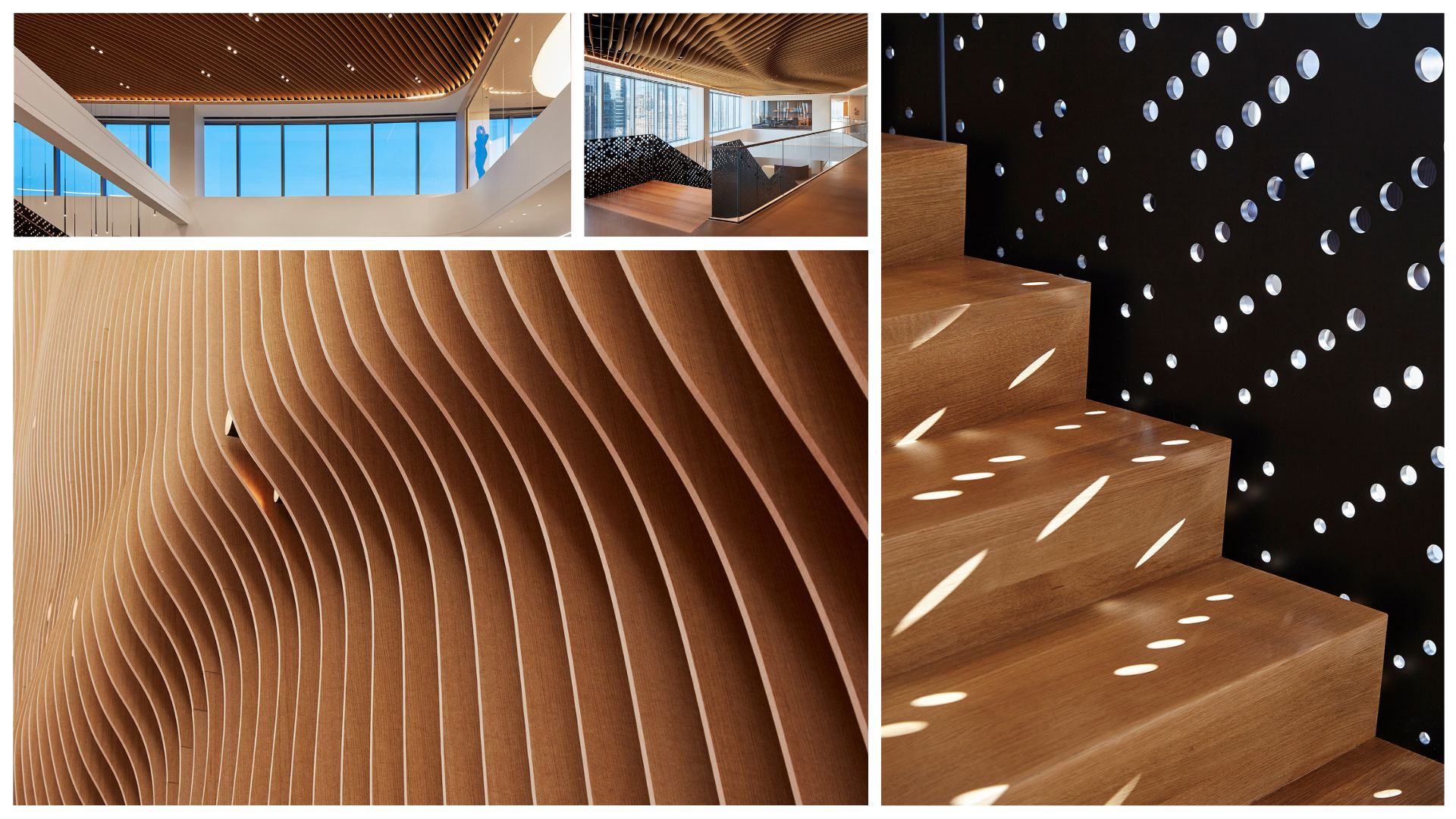
24 July 2024
NOWN’s Commitment to Sustainability and Innovation: a detailed environmental evaluation (EPD)
Environmental Product Declarations: key tool for measuring products in terms of their environmental impacts throughout their life cycle
Context
NOWN – Arktura creates groundbreaking architectural products and award-winning custom projects with a multidisciplinary team fully committed to realizing clients’ visions.”. Their work is characterised by detail-oriented precision and a dedication to sustainability. Their architectural products, all manufactured in Amsterdam, emphasize sustainability, environmentally friendly design, and acoustic solution.
Service description
Committed to placing sustainability at the core of their decisions, NOWN has commissioned Eco Intelligent Growth (EIG) to conduct an environmental evaluation of their products.
Objectives
- Analyze the environmental performance of all the company’s standard products, classified into four families: aluminum, steel, PET, and InfiKnit (woven PET).
- Publish four Environmental Product Declarations (EPDs) that show the environmental impacts of the products studied. EPDs are key tools for measuring products based on their environmental impacts throughout their life cycle, using Life Cycle Assessment (LCA), which considers all stages from raw material extraction to end-of-life.

Eco Intelligent Growth role in the project
- Conduct a Life Cycle Assessment of all the company’s standard products to obtain a holistic view of the impacts associated with each product. At EIG, we understand that sustainability begins with a complete knowledge of the life cycle, so we perform a thorough analysis to identify both, negative aspects, such as emissions, and opportunities for improvement, and innovation at all stages.
- Calculate required and optional impact indicators using Brightway2, an advanced LCA software that allows for strict compliance with applicable standards and improves calculation accuracy.
- Provide support throughout developing, verifying, and publishing the EPDs.
- Create a report with the results and four EPDs, one for each product family.

Key results
- Extensive analysis: 317 combinations of products and usage scenarios were analyzed.
- Detailed and precise analysis: Thanks to NOWN’s efforts in data collection, it was possible to incorporate multiple parameters with exact measurements of all machines (energy consumption, time required, waste, etc.).
- Complex analysis with additional installation scenarios: Five additional installation scenarios (three for aluminum and two for InfiKnit) were included in the EPDs. These scenarios explain how the impacts of the products vary depending on their installation, such as on a vertical wall instead of a ceiling, or with a layer of polycarbonate that allows the inclusion of LEDs for panel illumination.
Benefits of EPDs
- Transparency: an EPD provides transparent and verifiable information about a product’s impacts before, during, and after its manufacture, including details of production, distribution, use, and end-of-life.
- Comparison: EPDs allow consumers to compare two products within the same category based on their level of sustainability.
- Continuous improvement: by knowing the impacts of all processes, companies can identify areas for improvement and focus their efforts on them.